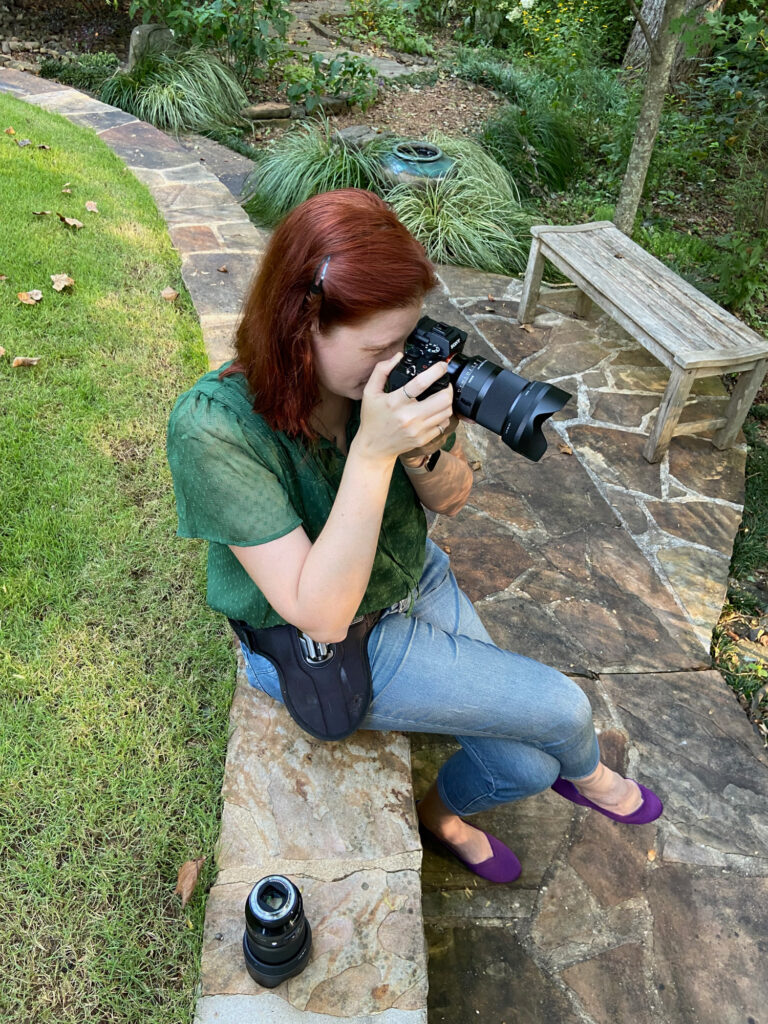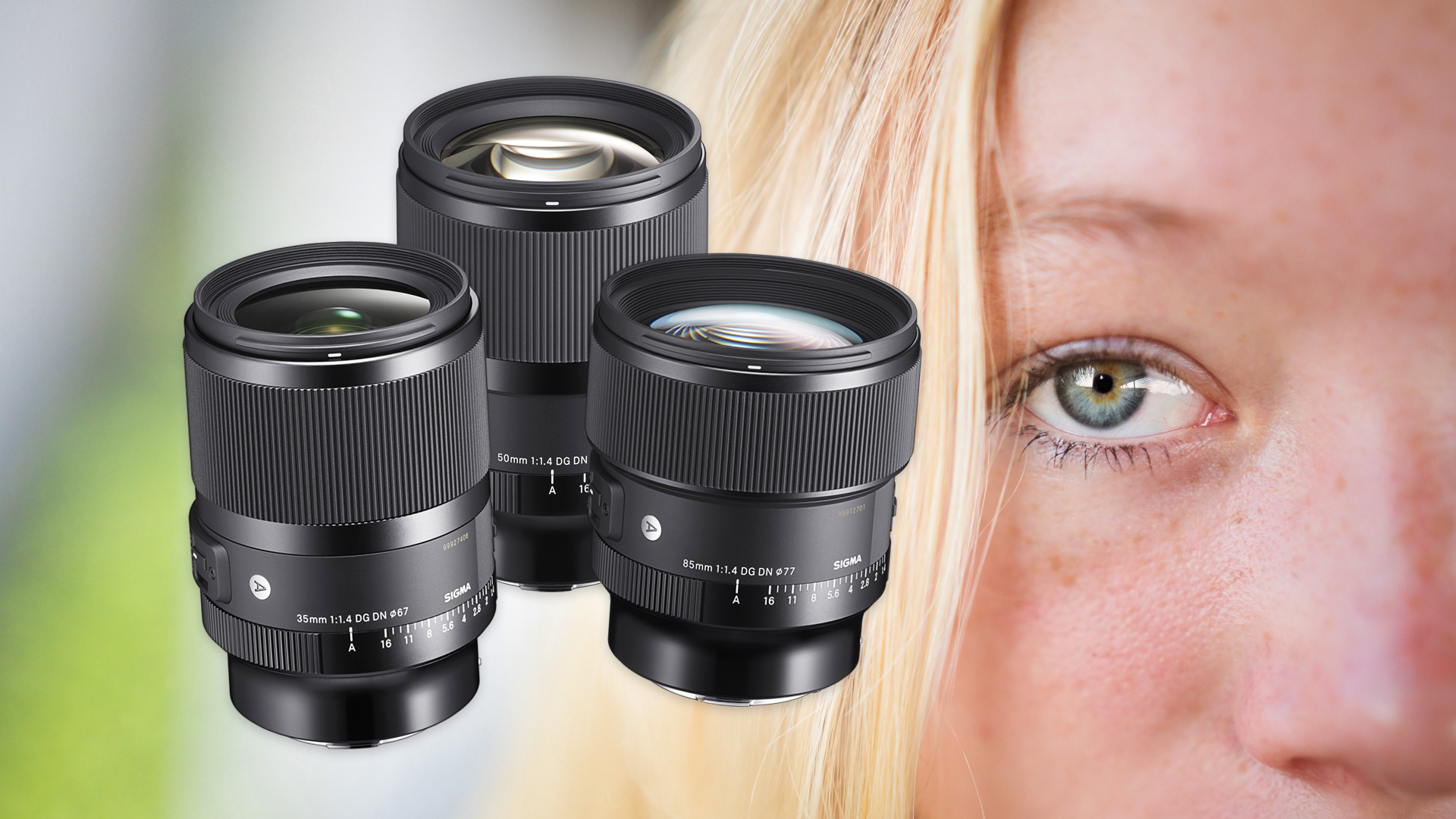I’ve been a family and kid portrait photographer for almost 20 years now, and I definitely love my prime lenses for portrait work… but which are my top three essential primes that I think everyone needs in their camera bag?
With so many lenses to choose from, it’s hard to narrow it down, but my switch to mirrorless cameras (Sony E-mount in my case) over the past few years has helped make it a little easier. Right now, my favorite primes have to be the SIGMA 35mm F1.4 DG DN | Art, the 50mm F1.4 DG DN | Art, and the 85mm F1.4 DG DN | Art. These three lenses encompass the perfect range for versatility, storytelling, and subject workability.
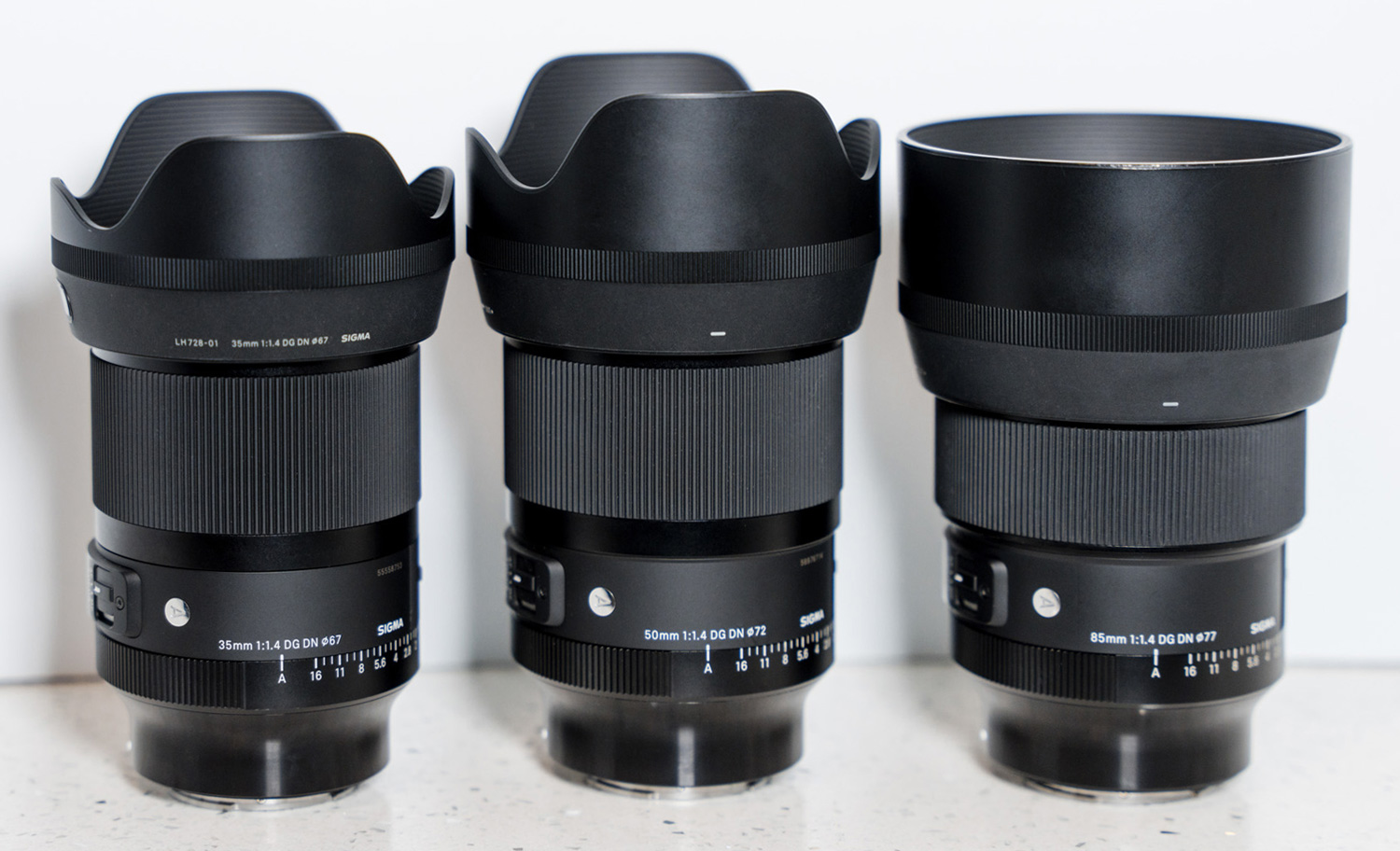
Usually I can tell which lens I have grabbed from my lens cabinet just by touch and weight, but these three I have to double check because they’re so similar. Compact and light, they’re all a great size. Plus, they are lightning quick, with F1.4 maximum apertures and fast autofocus performance. Lightweight and fast to focus is the name of the game for me because I work with children so often. If your gear is slow to focus, you miss the moment. So I pick SIGMA Art lenses because they’re pretty much failsafe. Always snappy to focus, always right on for correct focus, and always perfectly sharp.
Features of SIGMA F1.4 Art prime lenses
Top Quality Construction
These three essential primes for portraits all feature the top-of-the-line lens construction, dust and splash resistance, and general workmanship I have come to expect from the oh-so-brilliant SIGMA Art line. I don’t baby my lenses (just ask SIGMA) and I never worry about damage. They are simply built to a professional standard.
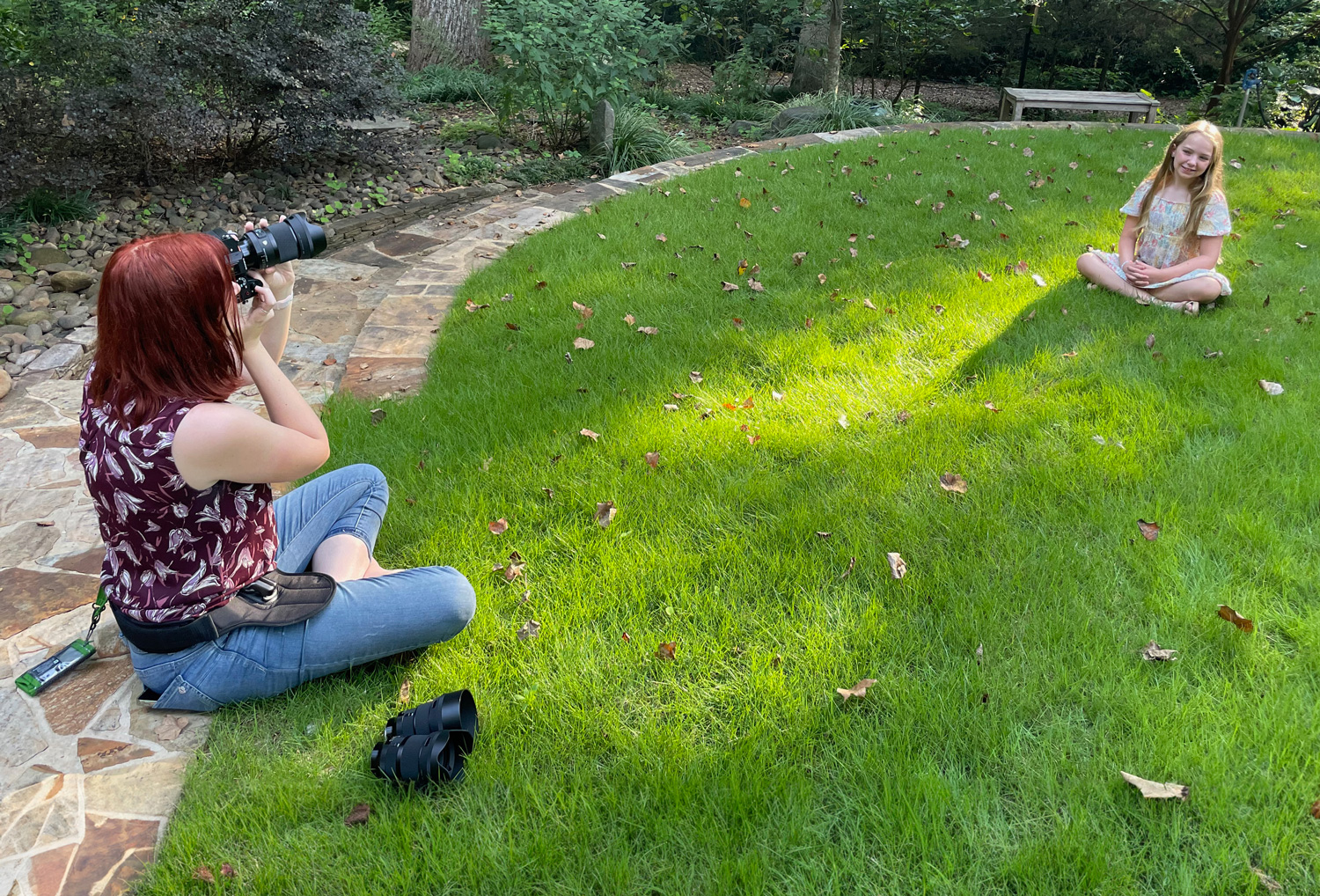
Manual Aperture Ring
All three of these lenses also feature one of my favorite things: an aperture ring on the lens! You can set it to “A” and change your aperture in-camera, or you can change it on the lens by simply turning the aperture ring. It has clicks so you know where you’re turning it to, but you can also turn those clicks off (especially handy for video work) or lock it so it doesn’t turn at all.
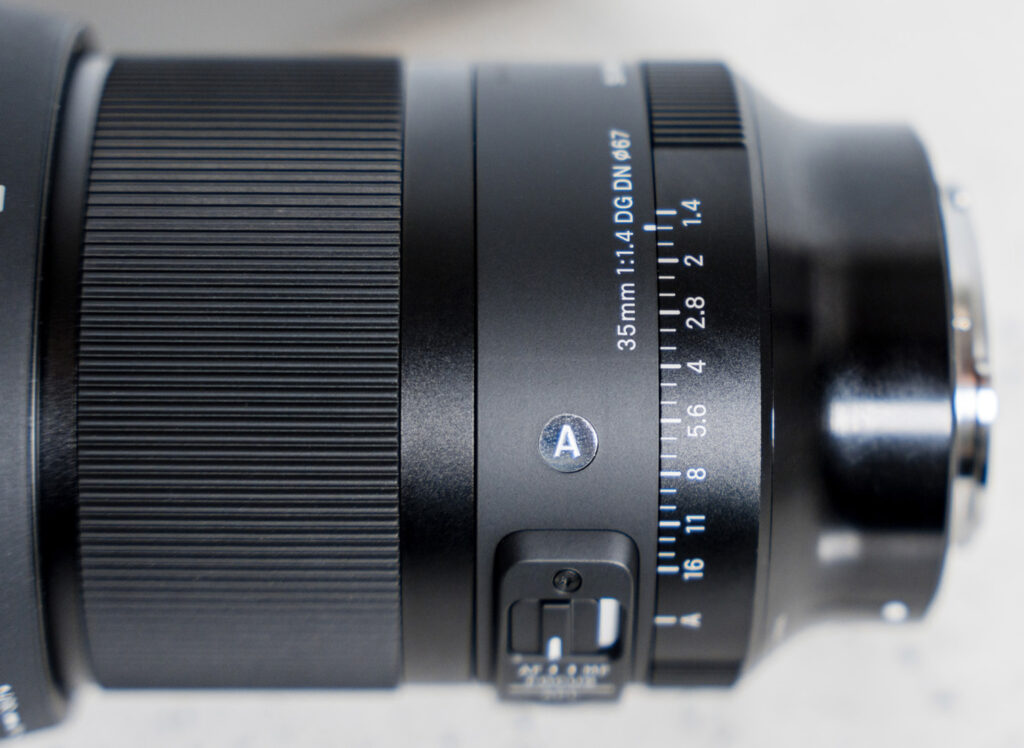
Classic Focal Lengths
These three focal lengths – 35mm, 50mm, 85mm – are tried-and-true, classic perspectives that have been staples of photography for decades. Comparing all three from the same distance away from the subject, you can see that the 85mm is closest to filling the frame, the 50mm is the middle ground, and the 35mm shows a lot more of the scene around the subject.
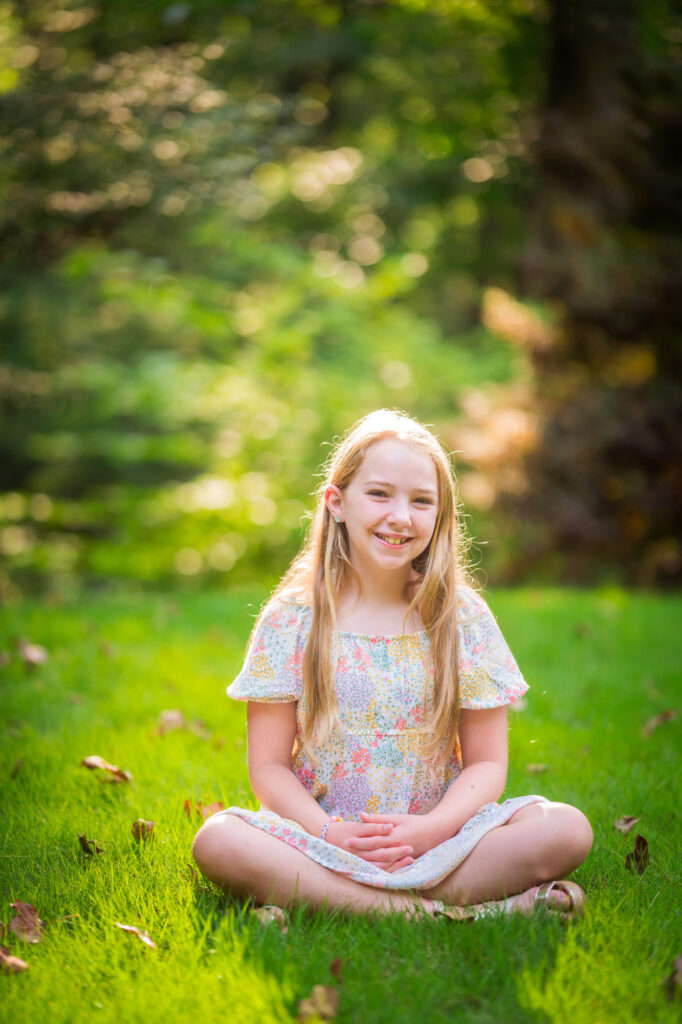
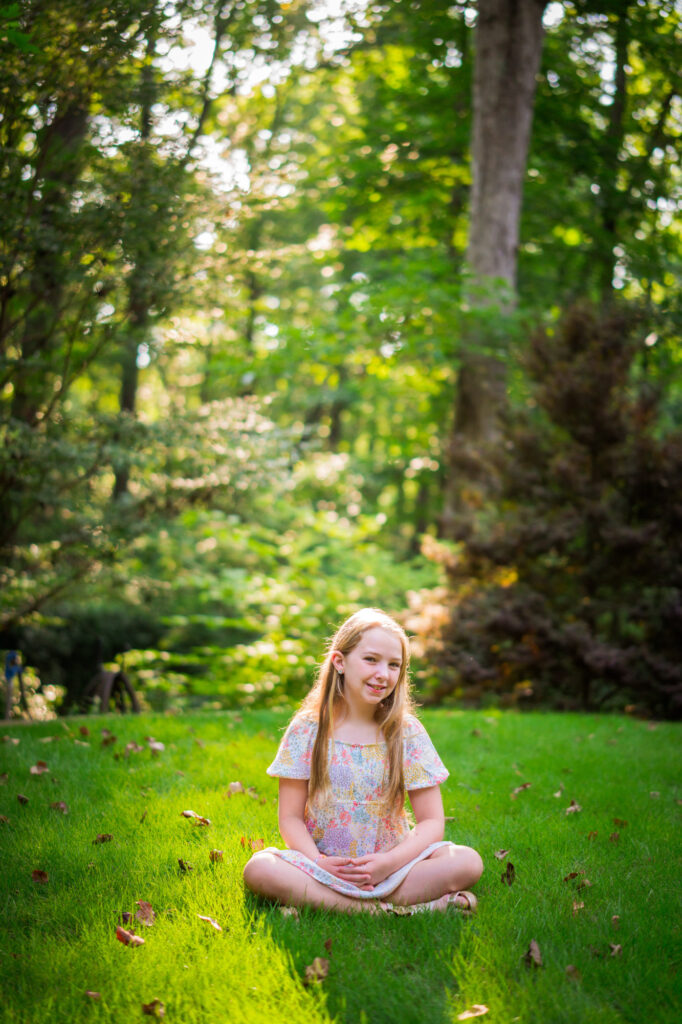

Comparing all three with the same framing, we can also see that the bokeh in the background changes and the subject’s face looks a bit different in each. I feel like which you choose for this is personal preference.
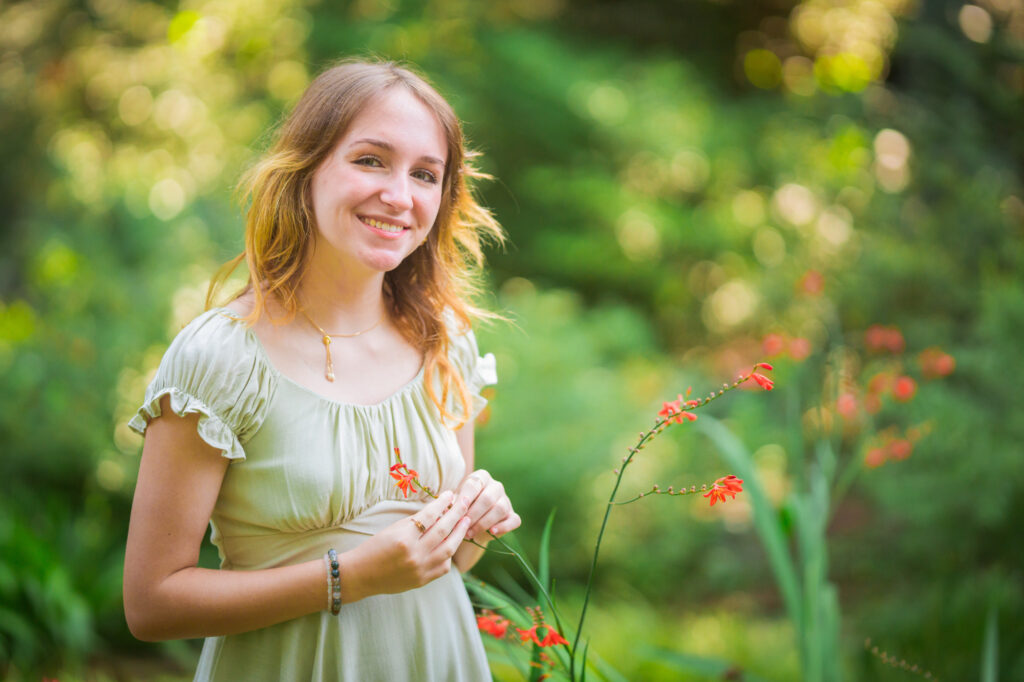
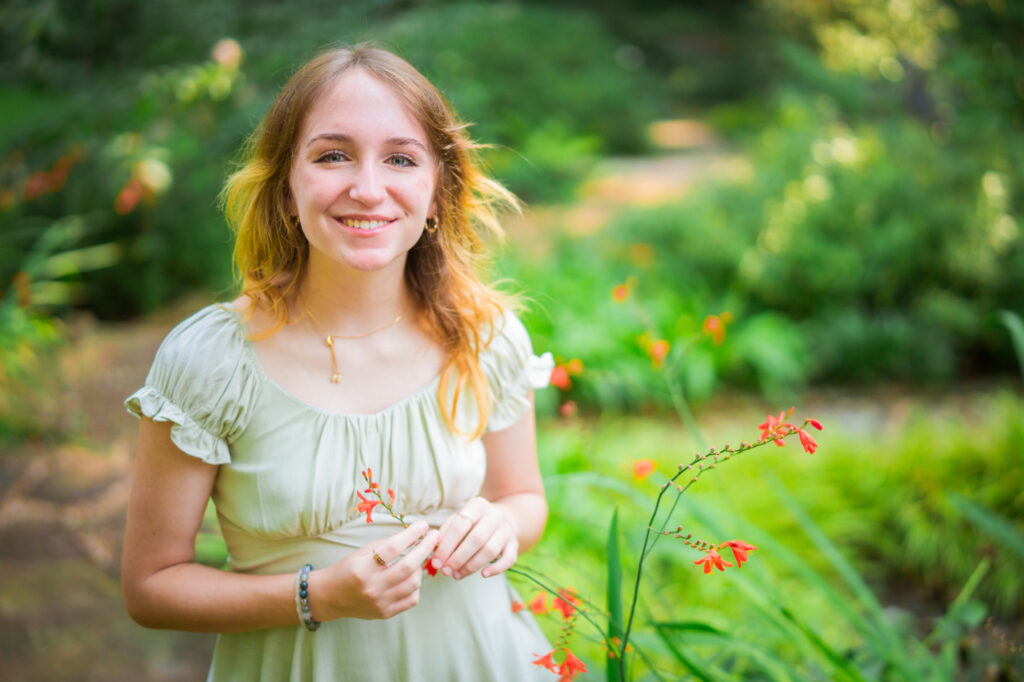

Using all three together, I would typically use the 35mm for a photo showing off the location setting, the 50mm for a full body photo of the subject, then the 85mm for a close portrait of just faces.

All of these lenses can be a one-lens-session lens if you’re a gear minimalist like I am. I don’t like carting around heavy stuff with me on a photo session, so I often take only one or two lenses with me and spend the time jogging around and sitting on the ground for image variety instead of changing lenses a lot (because I’m really good at dropping them). So if you want to bring all three, they’re light enough to do exactly that, but if you bring only one or two you can certainly do an entire portrait session with any of them.
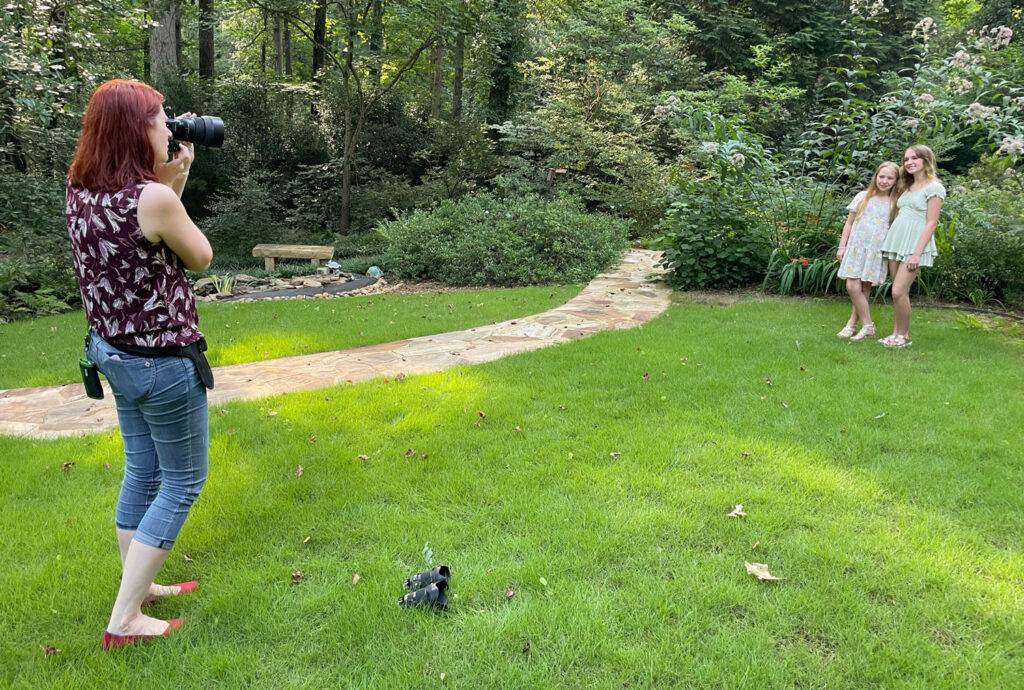
The Storytelling Prime: SIGMA 35mm F1.4 DG DN | Art
The SIGMA 35mm F1.4 DG DN | Art is a storytelling or environmental portraiture lens. I don’t have children, so I don’t use it in-home (SIGMA Ambassador Meg Loeks is the queen of that), but outdoors it allows me to be close enough to keep kids safe while still including the scenery. I want to show scale, to give a sense of the “small kids in a big world” feeling. If I want to show off other things going on around the person, this is lens I pick. Cool architecture to frame to kids? Pick the 35. Beautiful garden you want to show off? Pick the 35. Home or school environment where you want to include what’s in the room and not just the child? Pick the 35!

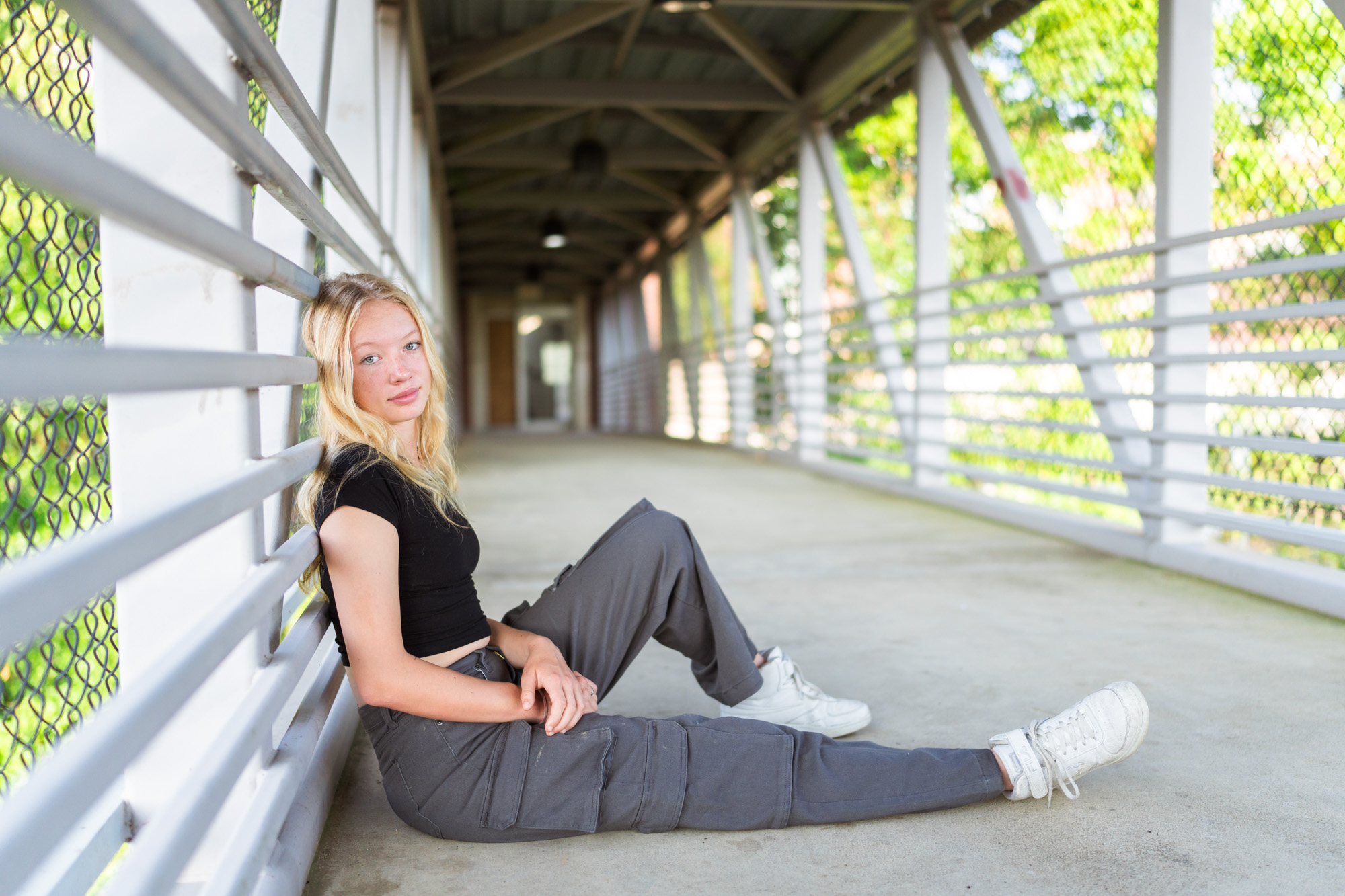
It’s extremely versatile in allowing many different types of photos with just one lens. You can back up and get full body, you can get regular portraits with this, and the close focusing ability of about 5 inches in front of the lens gives you the chance to get some really creative angles and pictures you can’t get otherwise.
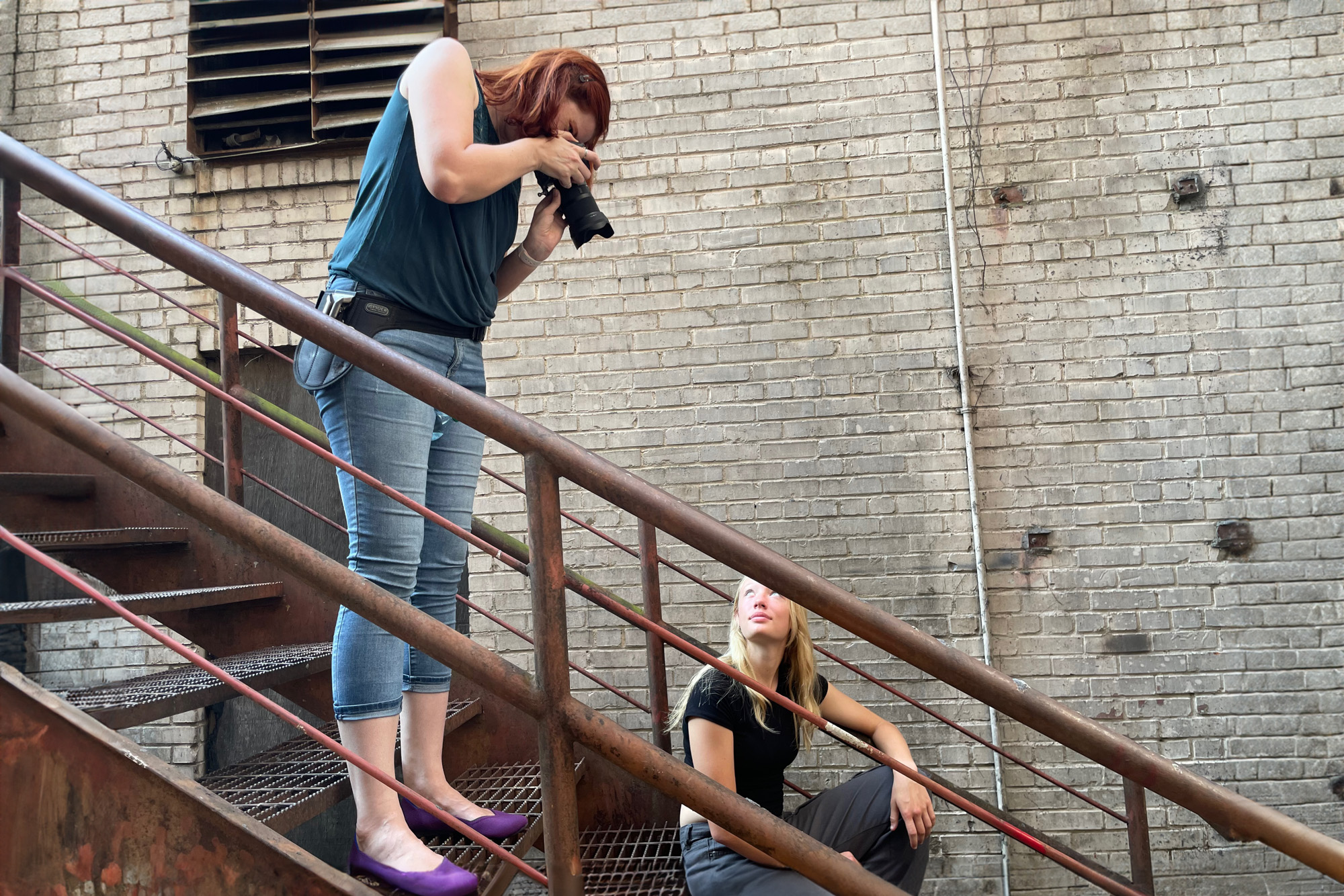
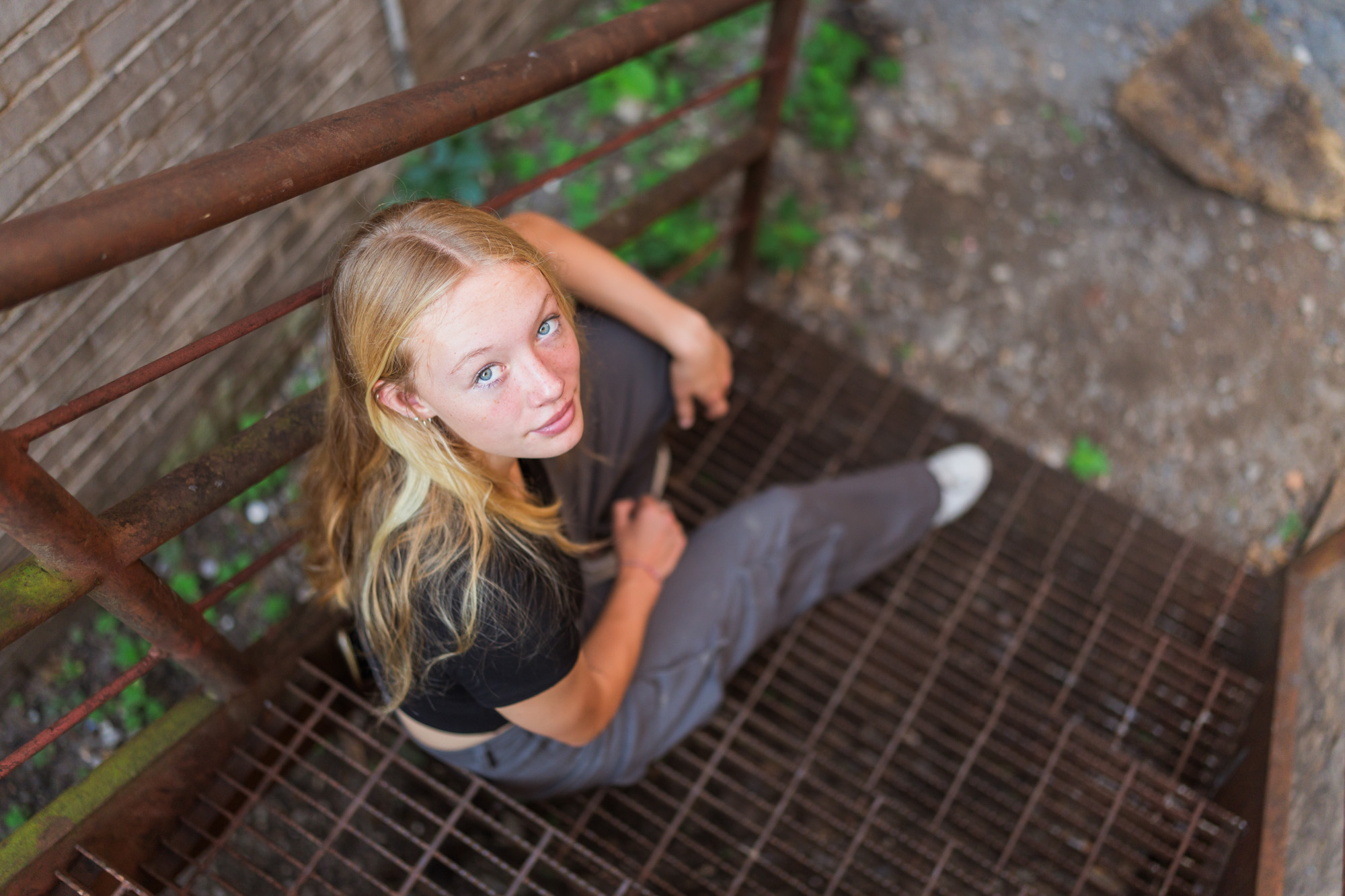
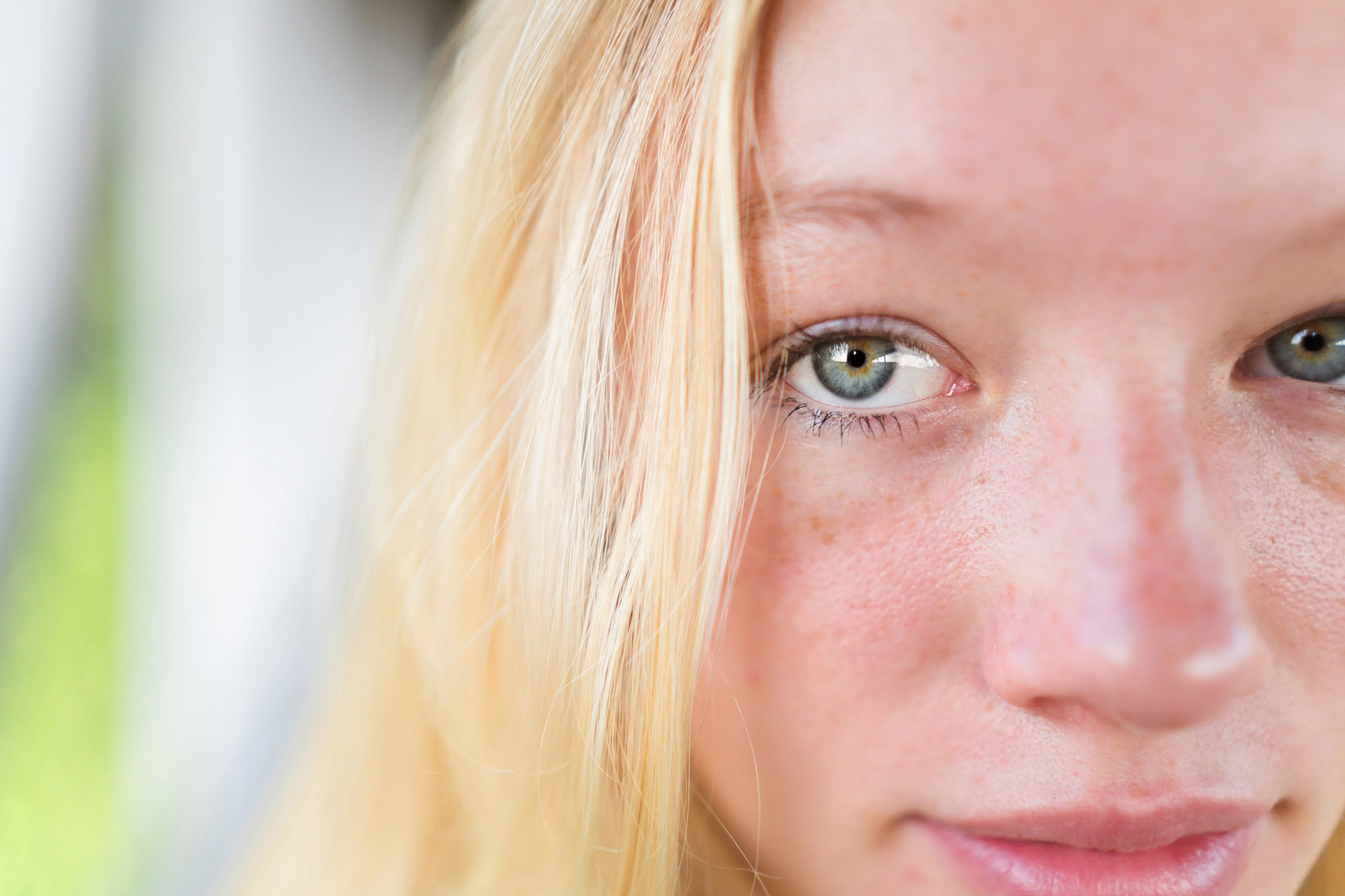
The 35mm F1.4 DG DN | Art is also super great for small spaces like crowded gardens, heavy shrubbery, or narrow streets. Not having to back up into traffic is quite the selling point.
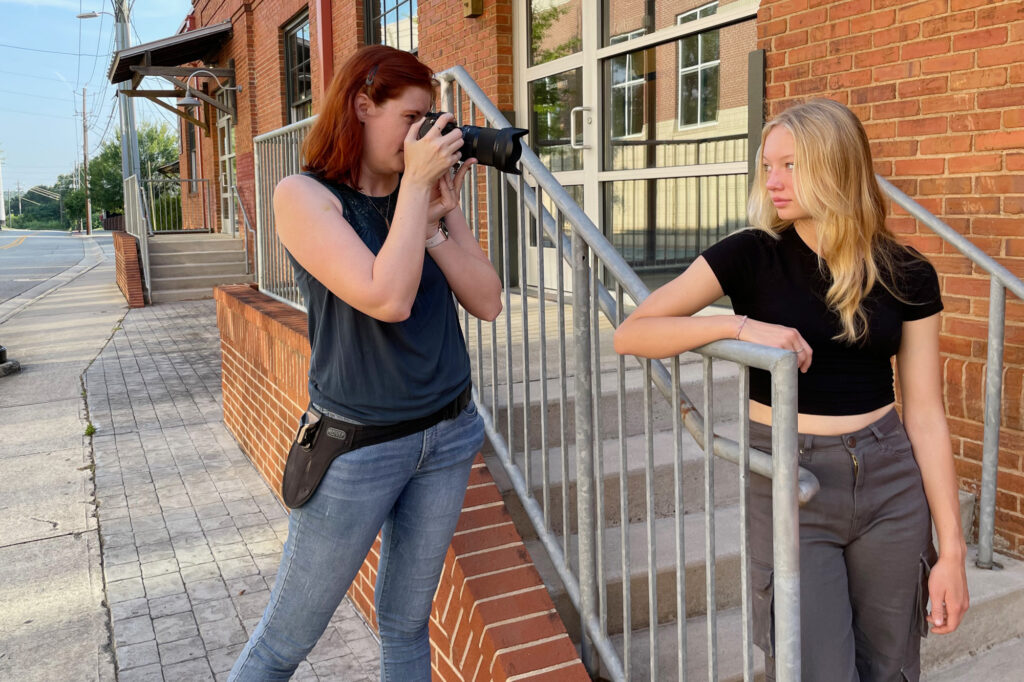

The Everything Prime: SIGMA 50mm F1.4 DG DN | Art
The SIGMA 50mm F1.4 DG DN | Art lens has to be the easiest lens to use. It’s closest to what our eye sees so it feels familiar, and you don’t have to back up too far or get too close to get great photos. This focal length is great for minimizing distortion in your subject (we don’t need bobblehead babies) while still staying close enough that your subject can see you behind the camera and interact.
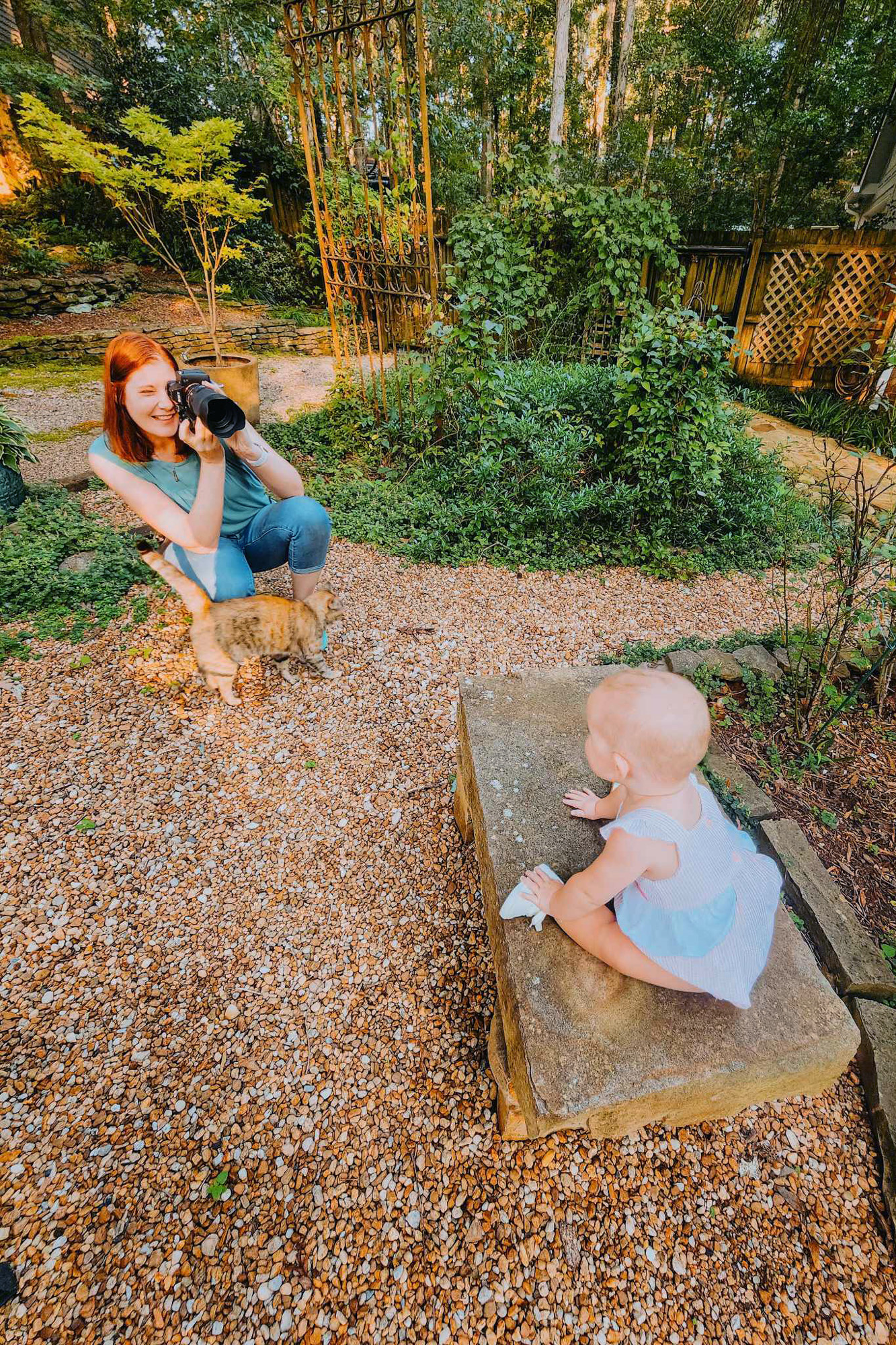


This lens also focuses close and quick enough to get pictures while being tickled. This is really hard for a lens to keep up with. You’ve got about .75 seconds to get the child’s hand off of your belly, back up one step, get the camera up, get it focused, and take the shot before you’re getting tickled again. The minimum focusing distance for the 50mm F1.4 DG DN | Art is about a foot in front of the lens (exactly 17.8 inches from the sensor), making it quite good at getting that kid who keeps running towards you.
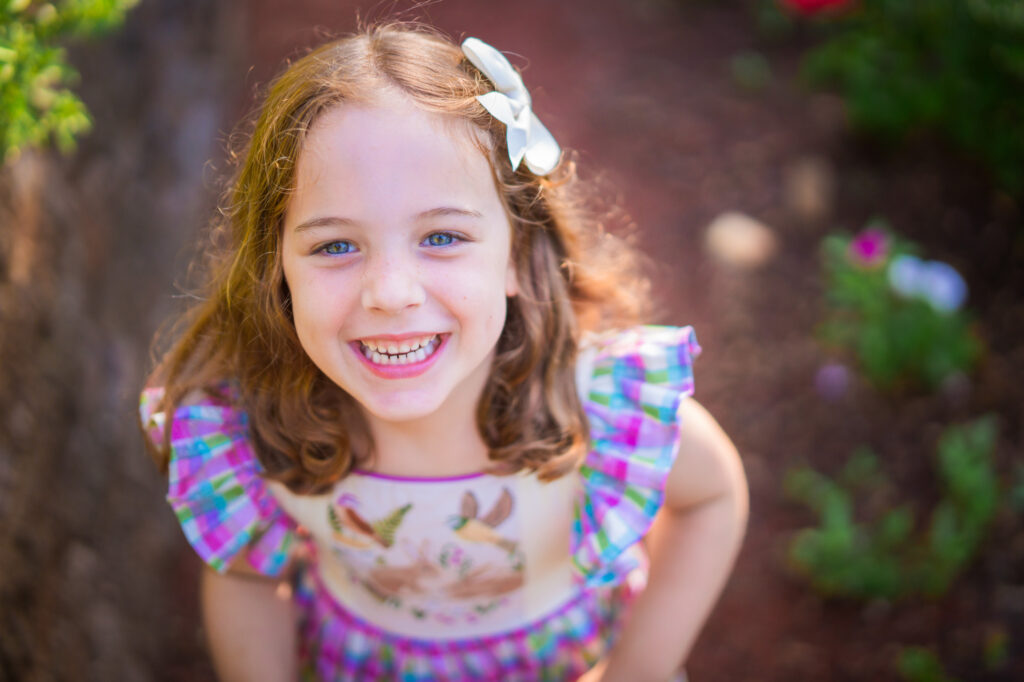

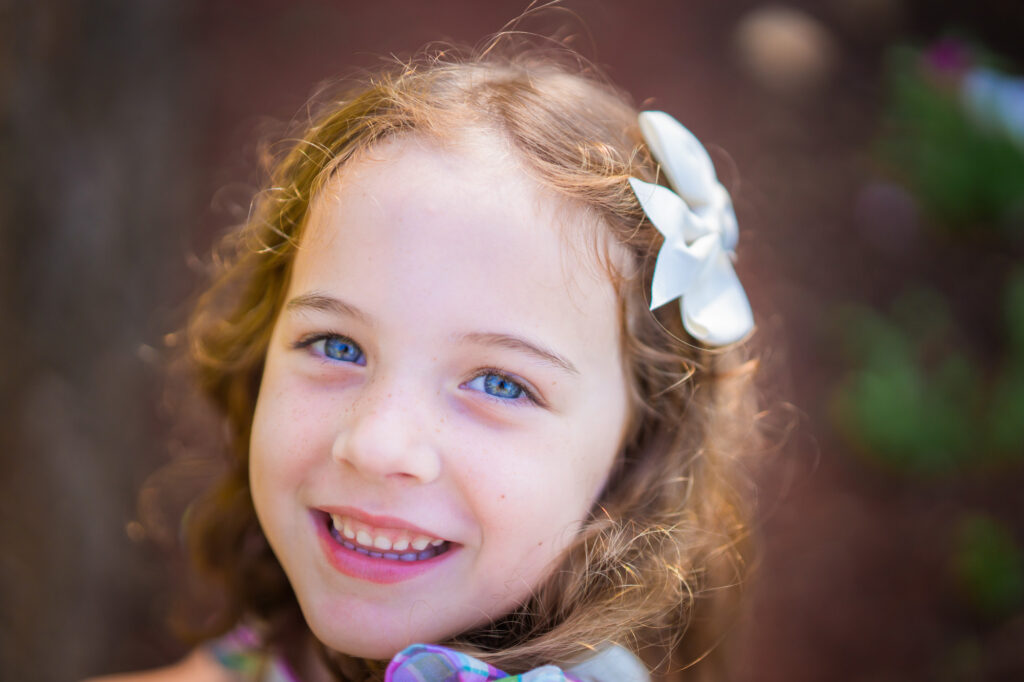
This is also a perfect “added foreground elements” lens. Framing your subjects with something in front of them is pleasing, but you don’t want it so much out of focus that it just becomes a smear on the side of the photo. The 50mm is the best at doing this while still being able to focus through whatever you’re putting in front of your subjects.
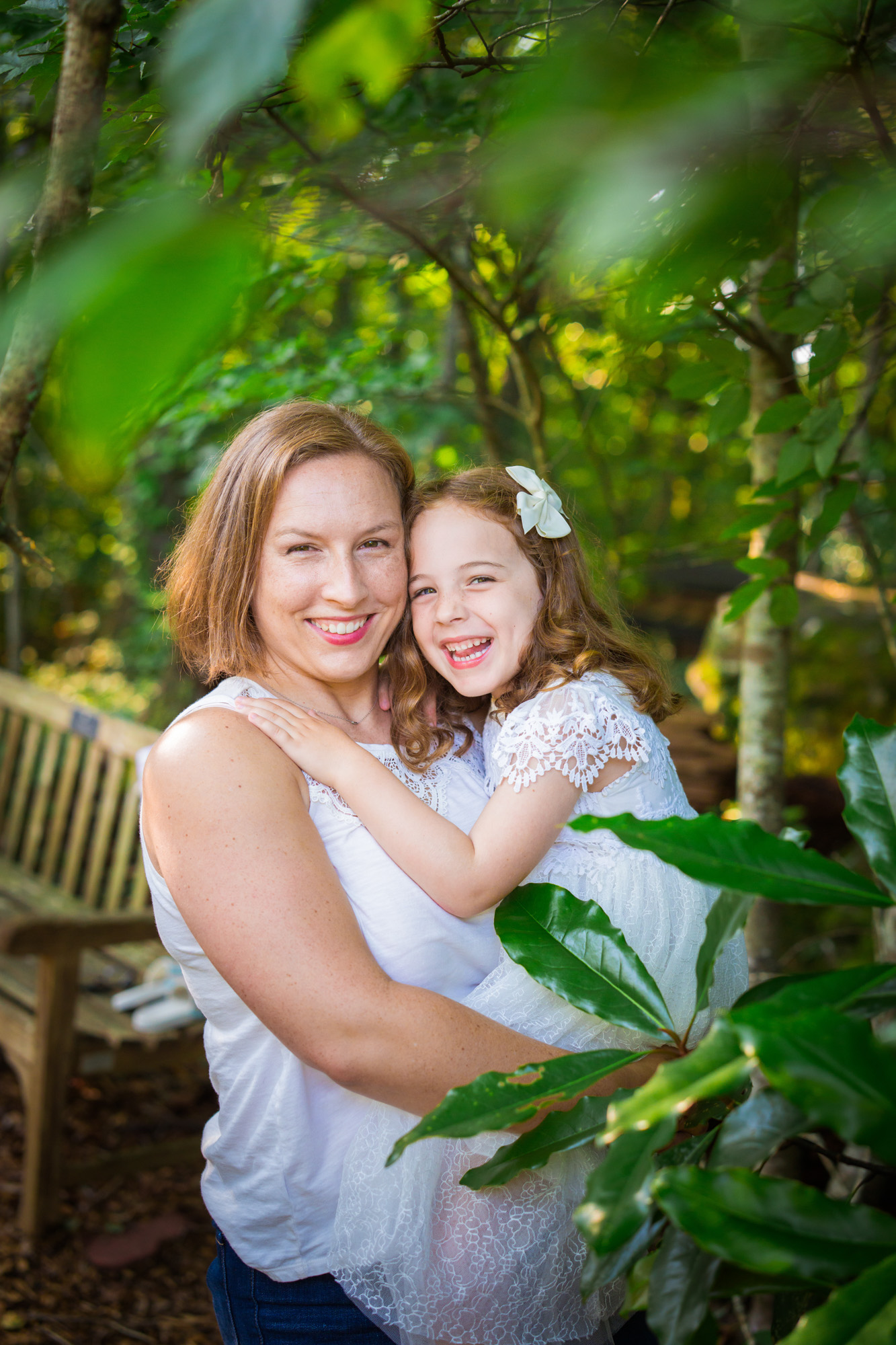
The Classic Portrait Prime: SIGMA 85mm F1.4 DG DN | Art
Ahhh, the SIGMA 85mm F1.4 DG DN | Art! This is the lens you pick for insane bokeh. The longer focal length allows you to separate the subject to really make those people pop off the backgrounds. The blur behind your subject is nice and creamy without a lot of spots. The minimum focusing distance is about 2 feet in front of this lens so it’s a great headshot lens, too.
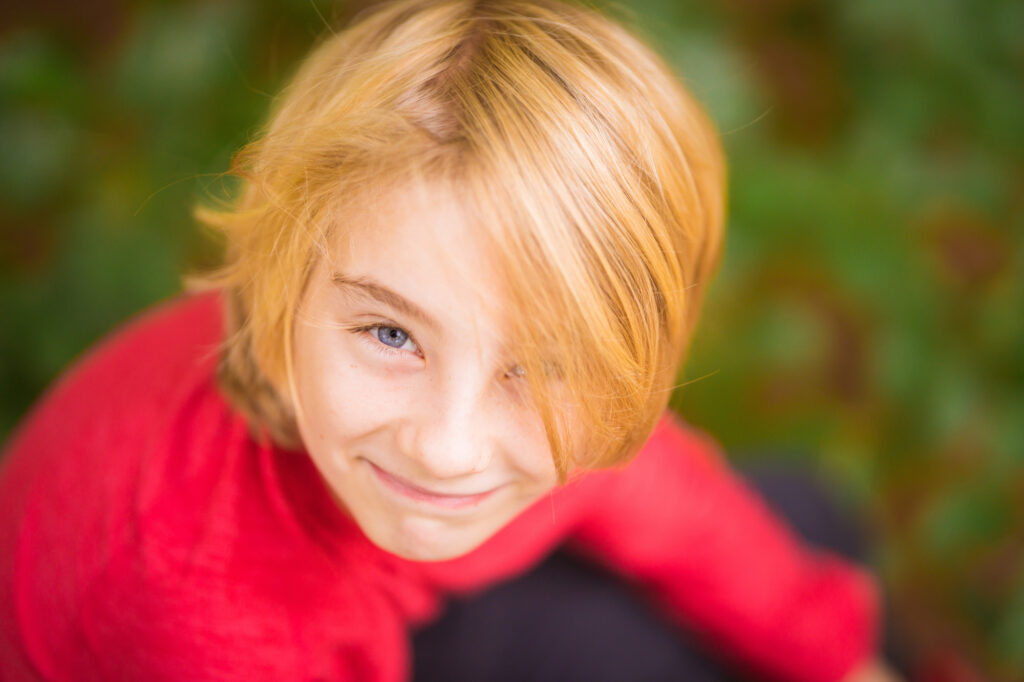
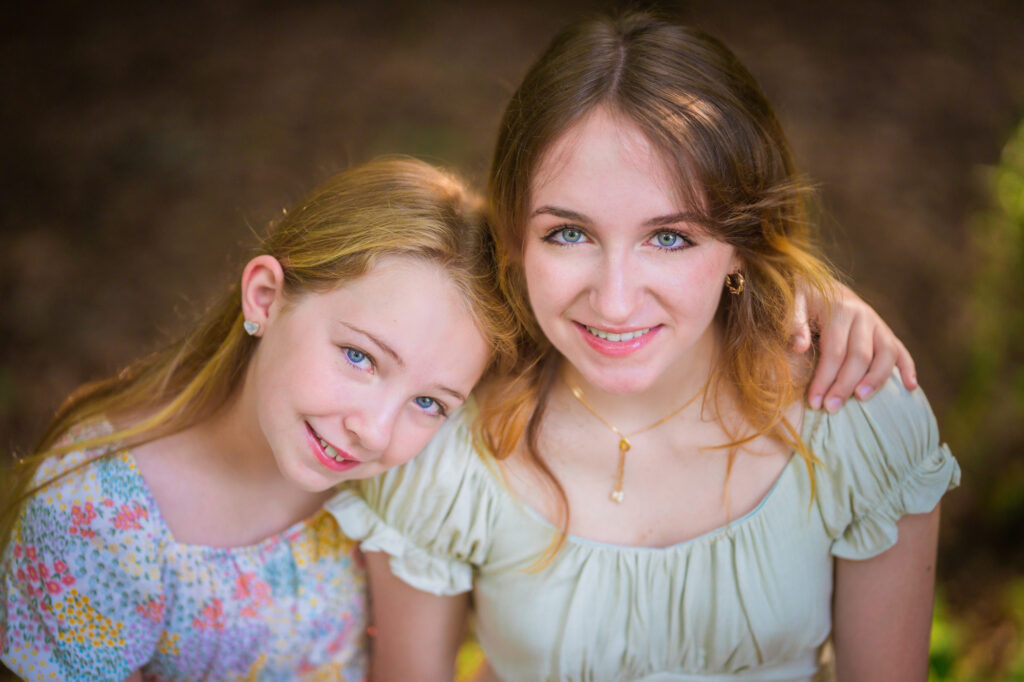
It’s perfect for a flattering, no-distortion look. When you get closer to your subject with shorter focal length lenses, you have to be careful of body distortion like larger noses, foreheads, hands and feet. The 85mm doesn’t have any of that, creating lovely, pleasing photos, even close up.
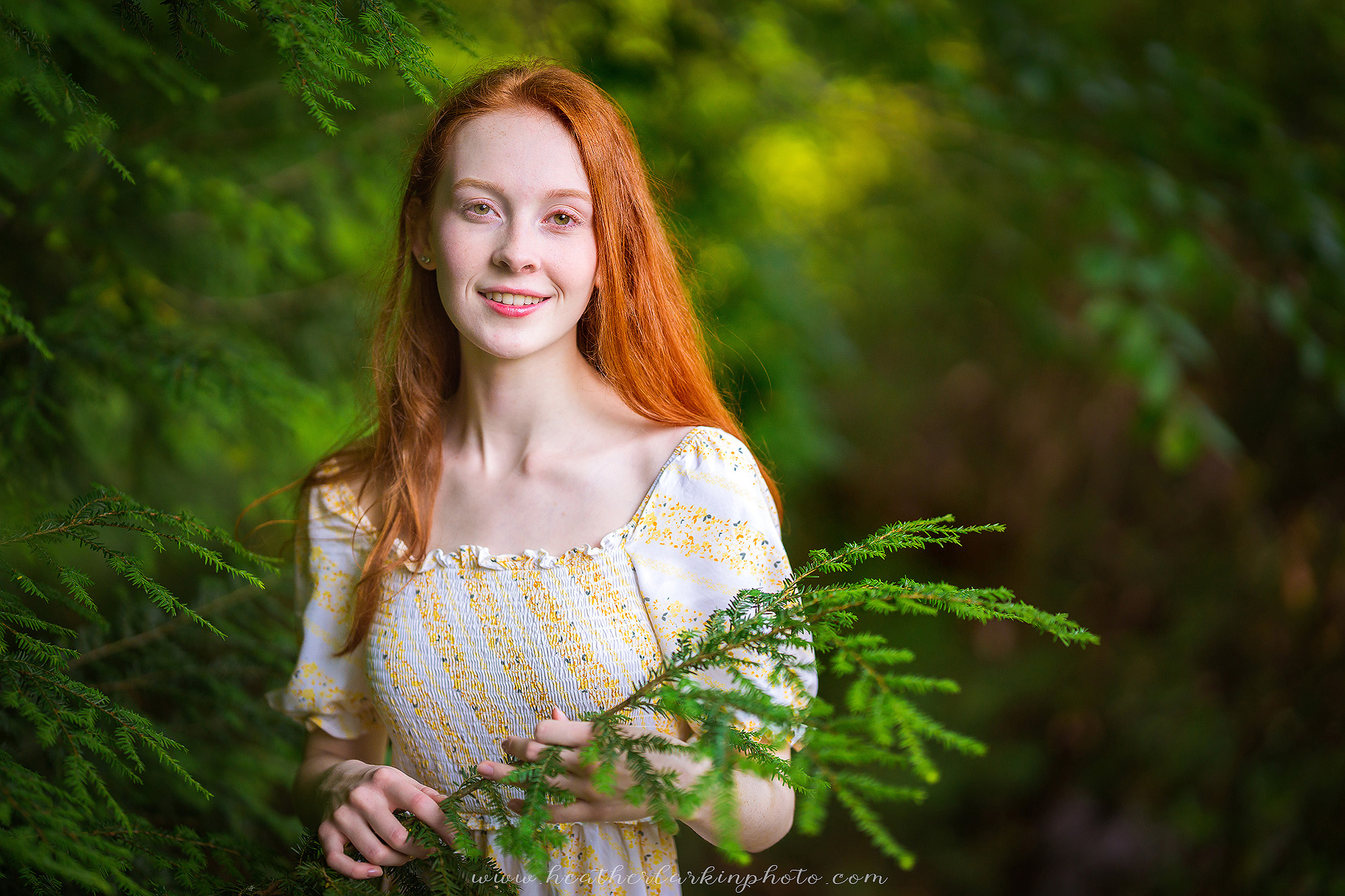
Also, the 85mm F1.4 DG DN | Art can fill the frame with the subject without being in their face, which usually means you have a more relaxed subject. People tend to get nervous in front of the camera if they’re older than about three years old, and backing off a bit can help that.

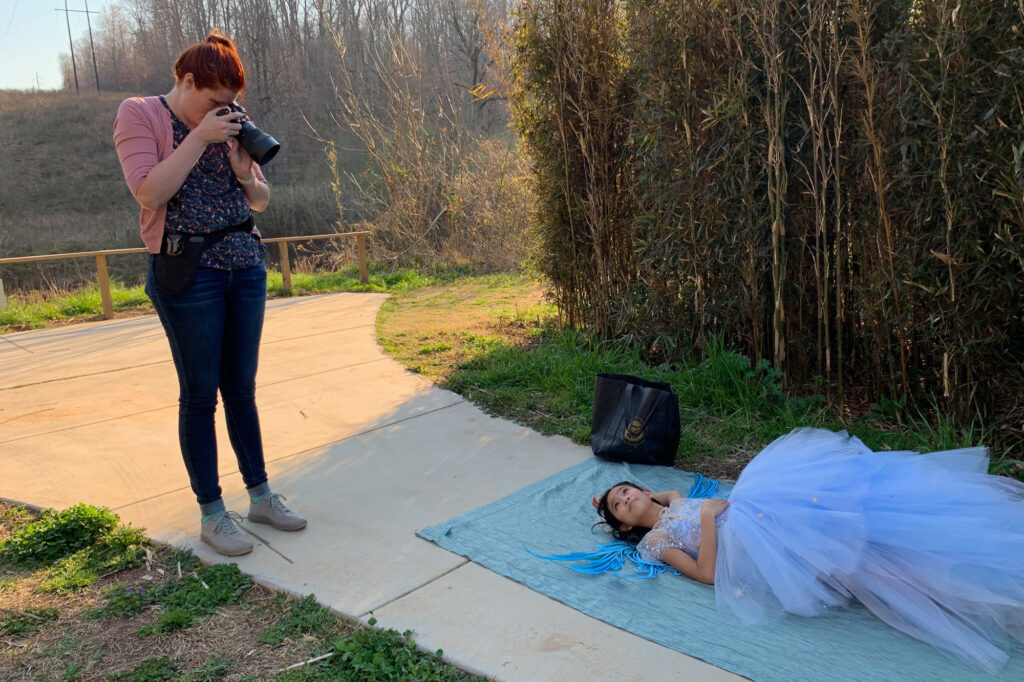
My favorite feature of this lens is how it handles backlighting. It’s simply magical, making it effortless to get a beautiful photo with lit up hair and dresses.
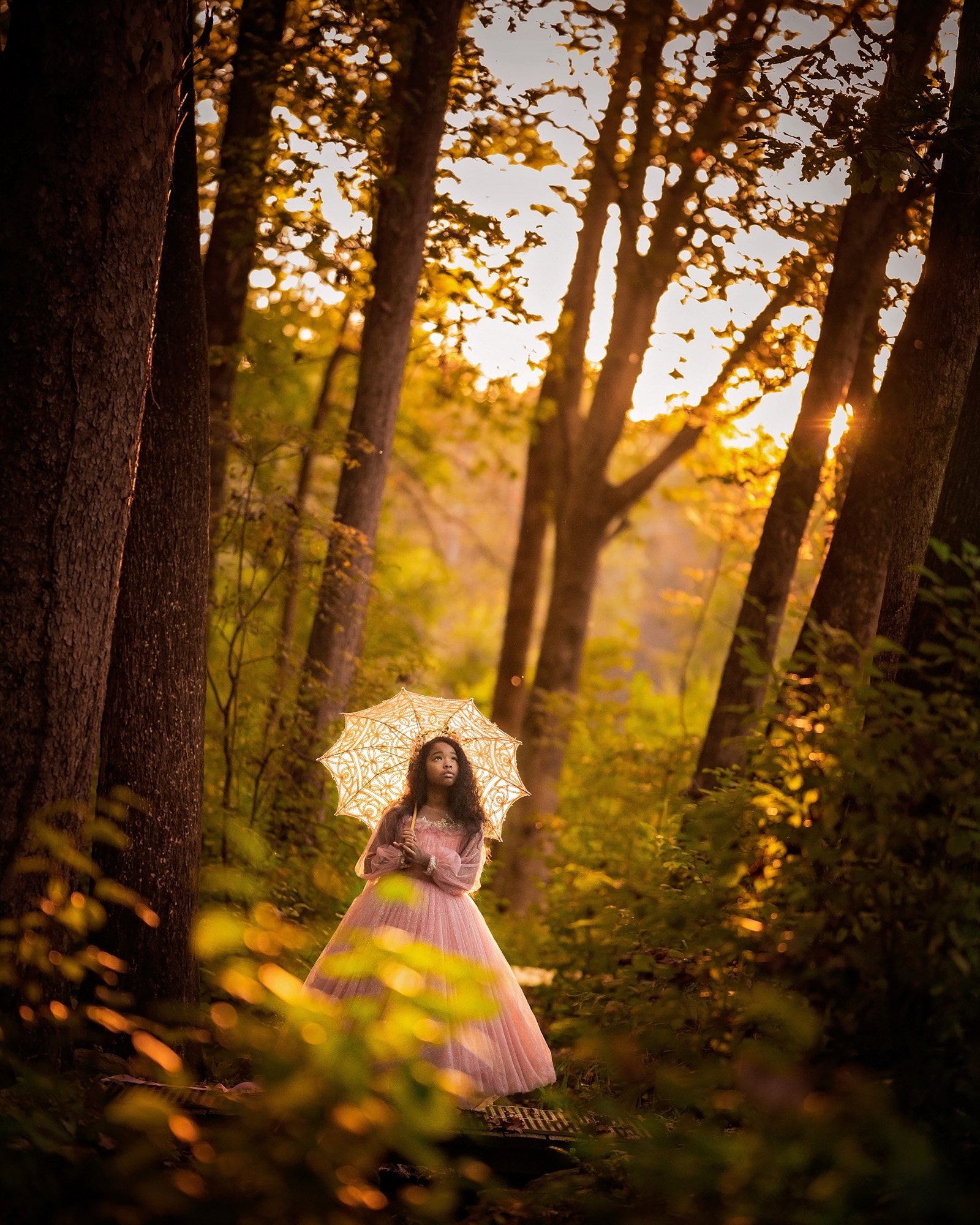

Which SIGMA prime lens (or lenses) is right for you?
Now you see what each lens can do! The 35mm shows you the big picture, the 50mm keeps it real, and the 85mm brings you up close and personal. And when it comes to a shallow depth of field (that dreamy background blur), the 85mm is my top pick. The classic 50mm focal length provides a nice touch of bokeh too, while the 35mm gives you a bit of deeper focus for including more of the background in your photos.
Which of these do you already own and which will you be adding?
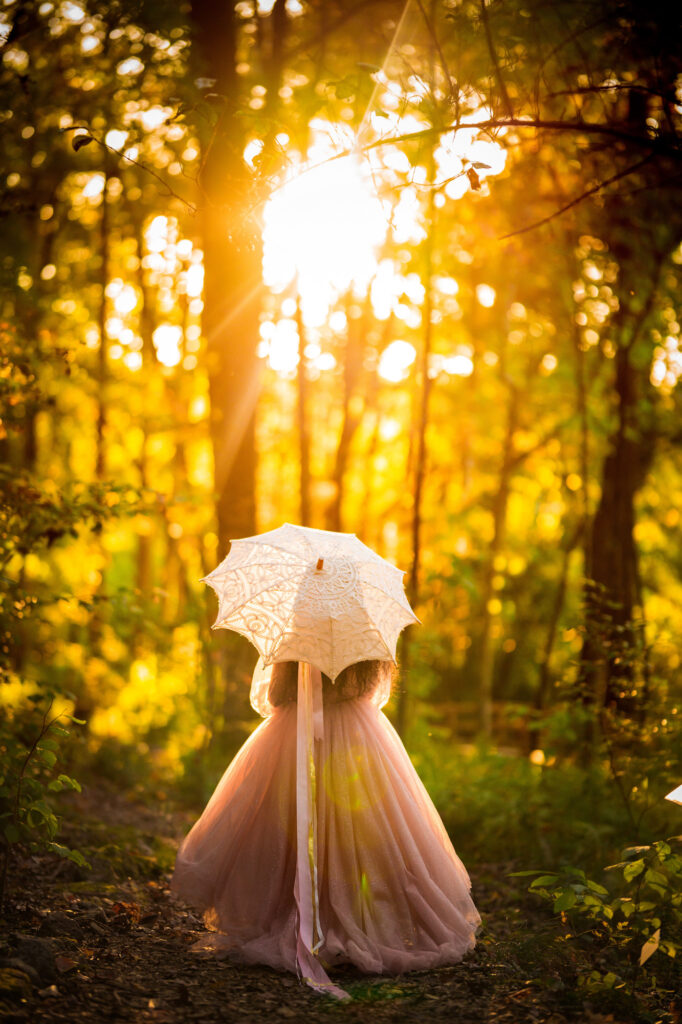
Shop all the SIGMA lenses in this article!

